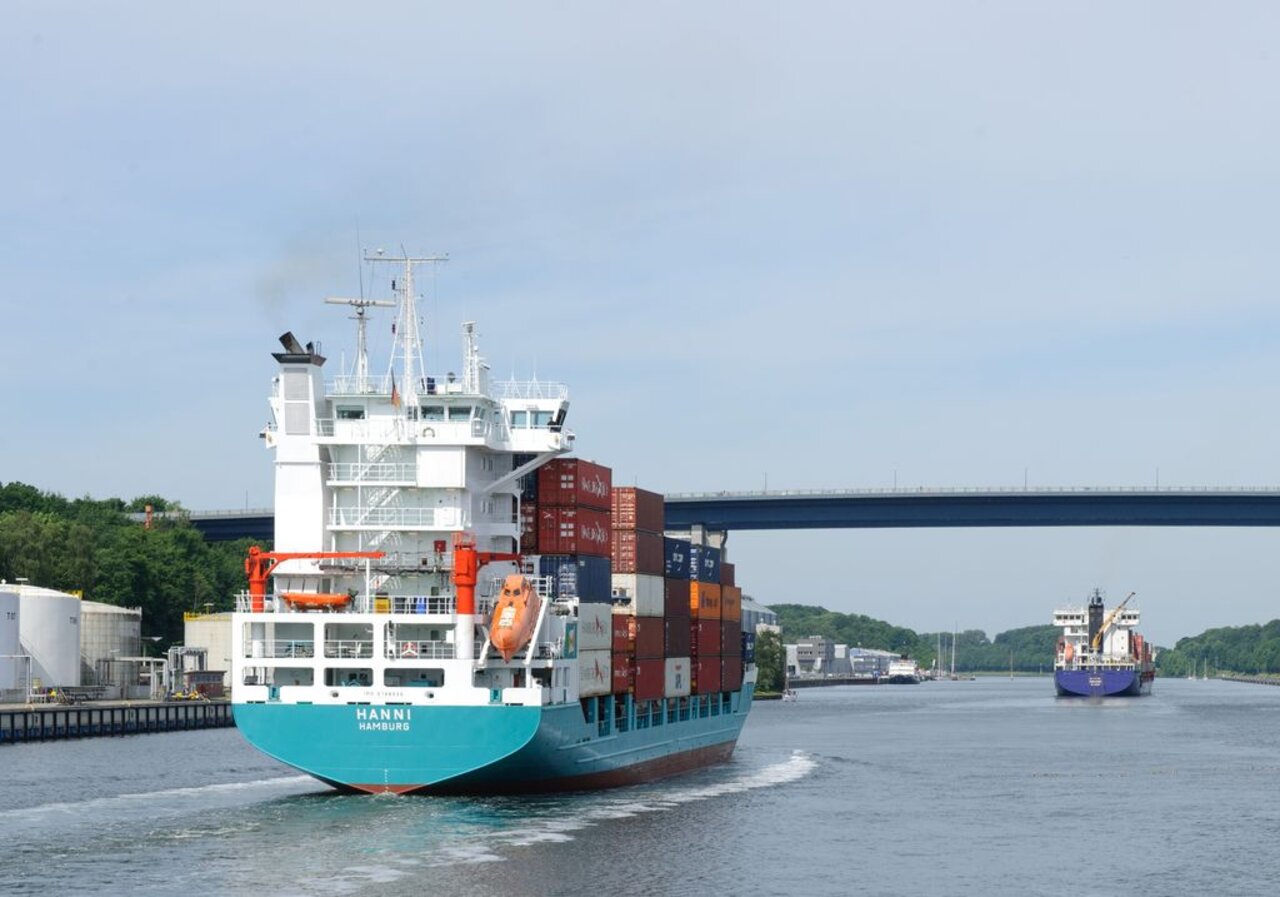Project
The way tariff rate quotas influence our agricultural markets

The way tariff rate quotas influence our agricultural markets
How will the free trade agreement between the EU and Canada affect German dairy producers? Whether they can extend their exports to Canada under CETA – this is one of the questions we examine in this project.
Background and Objective
In recent years, the EU concluded more and more trade agreements. While tariff protection decreases, the number and importance of non-tariff trade barriers increases. This includes tariff rate quotas, which are part of several trade agreements. They combine two tariffs: Within a quota, imports are usually duty-free. By the same token, exceeding the quota quantity results in a higher tariff. In this project we investigate the importance that tariff rate quotas have in international agricultural trade and how they influence the results of free trade agreements such as CETA.
The objectives of our project are:
- Developing a database on tariff rate quotas
- Improving the methodical procedures with which the impact analysis of free trade agreements is carried out
- Assessing the consequences of existing and planned trade agreements, giving particular consideration to tariff rate quotas
Approach
By the example of the free trade agreement between the EU and Canada, different methodologies of modelling tariff rate quotas are developed and compared. In the context of CETA, Canada implemented a quota for dairy products from the EU. Within this quota, the EU can export to Canada free of duty. In return, the EU introduced a quota for pork and beef as well as sweetcorn. The impacts of CETA on trade flows, production quantities and tariff revenues will be assessed with the help of the general equilibrium model MAGNET. The developed methodologies will later be used for the assessment of other trade agreements.
Our Research Questions
The thematic orientation of this project is the question for the importance of tariff rate quotas in international agricultural trade and how they influence the results of free trade agreements. For this we analyze
- How different methods of modelling tariff rate quotas affect the results and
- Which impact the used methods have on the calculation of quota rents, tariff revenues and trade flows
Thünen-Contact

Involved Thünen-Partners
Duration
11.2017 - 12.2030
How will the free trade agreement between the EU and Canada affect German dairy producers? Whether they can extend their exports to Canada under CETA – this is one of the questions we examine in this project.
Background and Objective
In recent years, the EU concluded more and more trade agreements. While tariff protection decreases, the number and importance of non-tariff trade barriers increases. This includes tariff rate quotas, which are part of several trade agreements. They combine two tariffs: Within a quota, imports are usually duty-free. By the same token, exceeding the quota quantity results in a higher tariff. In this project we investigate the importance that tariff rate quotas have in international agricultural trade and how they influence the results of free trade agreements such as CETA.
The objectives of our project are:
- Developing a database on tariff rate quotas
- Improving the methodical procedures with which the impact analysis of free trade agreements is carried out
- Assessing the consequences of existing and planned trade agreements, giving particular consideration to tariff rate quotas
Approach
By the example of the free trade agreement between the EU and Canada, different methodologies of modelling tariff rate quotas are developed and compared. In the context of CETA, Canada implemented a quota for dairy products from the EU. Within this quota, the EU can export to Canada free of duty. In return, the EU introduced a quota for pork and beef as well as sweetcorn. The impacts of CETA on trade flows, production quantities and tariff revenues will be assessed with the help of the general equilibrium model MAGNET. The developed methodologies will later be used for the assessment of other trade agreements.
Our Research Questions
The thematic orientation of this project is the question for the importance of tariff rate quotas in international agricultural trade and how they influence the results of free trade agreements. For this we analyze
- How different methods of modelling tariff rate quotas affect the results and
- Which impact the used methods have on the calculation of quota rents, tariff revenues and trade flows
Thünen-Contact

Involved Thünen-Partners
Duration
11.2017 - 12.2030
Publications
- 0
Döbeling T (2022) The access to CETA quotas: Extending CGE models with a market for quota licenses. Q Open 2(2):qoac019, DOI:10.1093/qopen/qoac019
- 1
Döbeling T, Pelikan J (2021) Free trade under a free trade agreement? The restrictiveness of tariff-rate quotas between the EU and Canada : Conference paper for the 16th Congress of the European Association of Agricultural Economists (EAAE), July 20-23, 2021, Virtual, postponed due to the Covid-19 crisis. 13 p
- 2
Döbeling T, Pelikan J (2021) The market dynamics of tariff-rate quotas in the case of CETA : Conference paper for the 2021 International Conference of Agricultural Economists (ICAE), August 17-31, 2021, Virtual. IAAE, 17 p, DOI:10.22004/ag.econ.315282
- 3
Döbeling T, Pelikan J (2020) Searching for an appropriate ad valorem equivalent for TRQs: The case of CETA. Schr Gesellsch Wirtsch Sozialwiss Landbaues 55:213-224, DOI:10.22004/ag.econ.292302

![[Translate to English:] [Translate to English:]](/media/_processed_/3/e/csm_AdobeStock_249730128_92f14d3a63.jpeg)
![[Translate to English:] [Translate to English:]](/media/_processed_/3/e/csm_AdobeStock_249730128_a6fcf4c893.jpeg)





